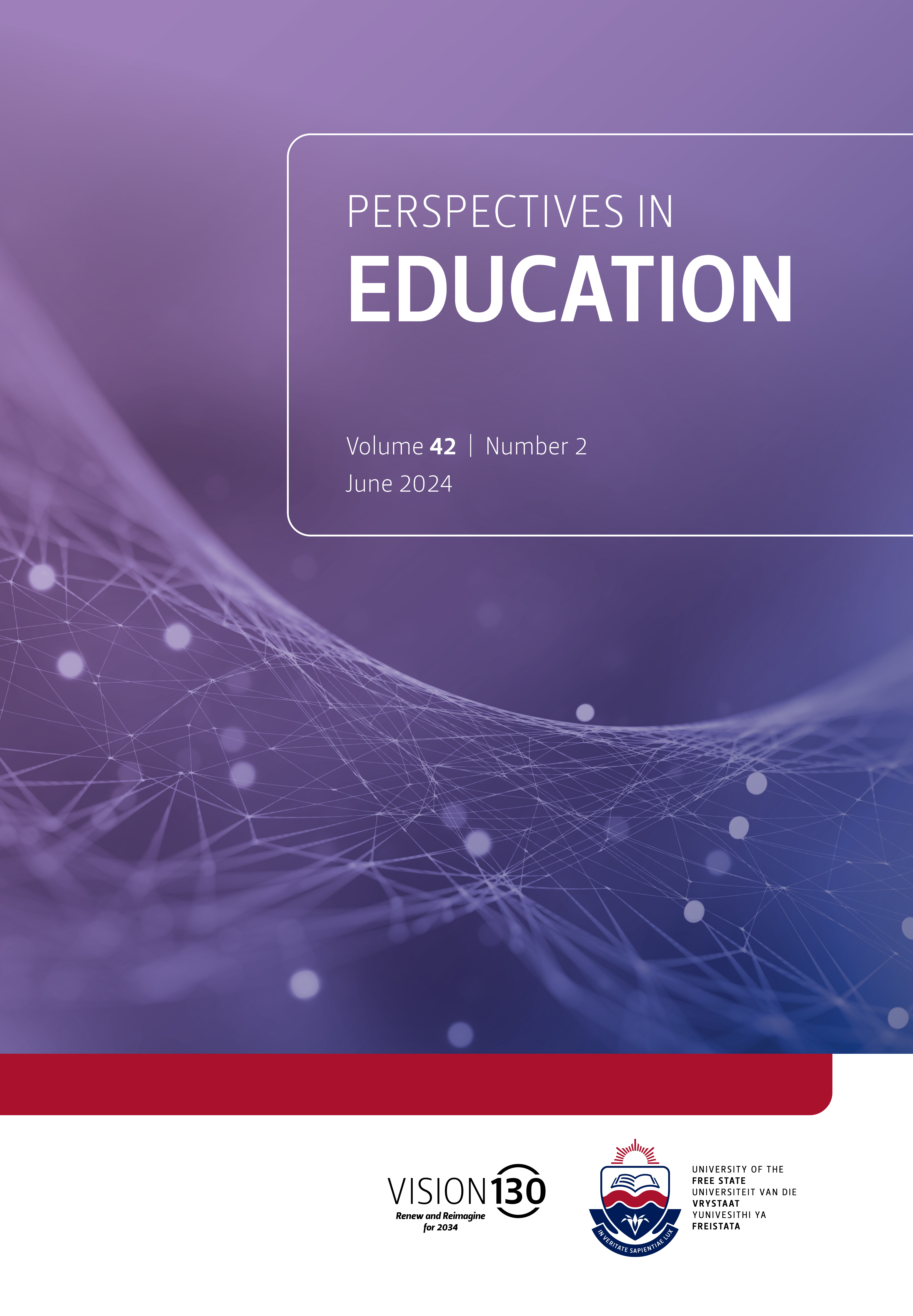Secondary school students' perceptions of the 21st -Century 4Cs in Zimbabwe
DOI:
https://doi.org/10.38140/pie.v42i2.7489Keywords:
4Cs, collaboration, communication, creativity and innovation, critical thinking, curriculum change, learning and innovationAbstract
The volatile, uncertain, complex and ambiguous future world has highlighted the importance of critical thinking, collaboration, communication, creativity and innovation (4Cs) in today’s classrooms. Framed by the Partnership for 21st-Century Learning (P21) Learning and Innovation theme, the study investigates the perceptions of the 4Cs by secondary school students from four schools in Zimbabwe. Two hundred and thirty-six (236) students participated in this quantitative study. Data were collected using online and paper questionnaires. Exploratory and first-order confirmatory analysis revealed a four-factor model with excellent fit indices. The second-order confirmatory factor analysis confirmed that the individual 4Cs were sub-constructs of a higher latent factor, Learning and Innovation (4Cs), where the students strongly endorsed collaboration, followed by communication, critical thinking, creativity, and innovation in decreasing magnitude. Age has a significant influence on critical thinking. The findings highlight the need for teachers to embed critical thinking and creativity acivities within collaborative and communication learning activities.
Downloads
##submission.downloads##
Published
How to Cite
Issue
Section
License
Copyright (c) 2024 Jameson Goto, Ottilia Goto

This work is licensed under a Creative Commons Attribution 4.0 International License.









